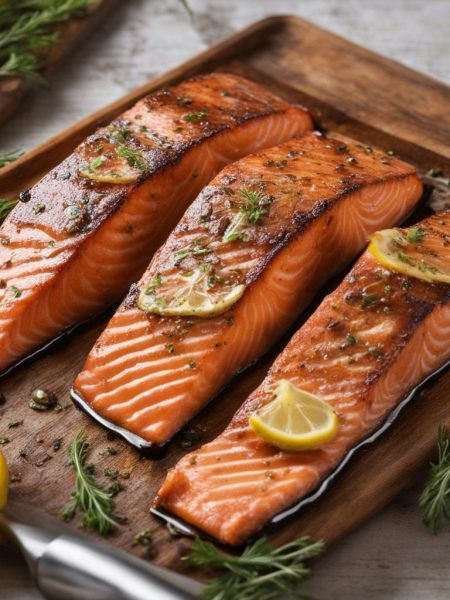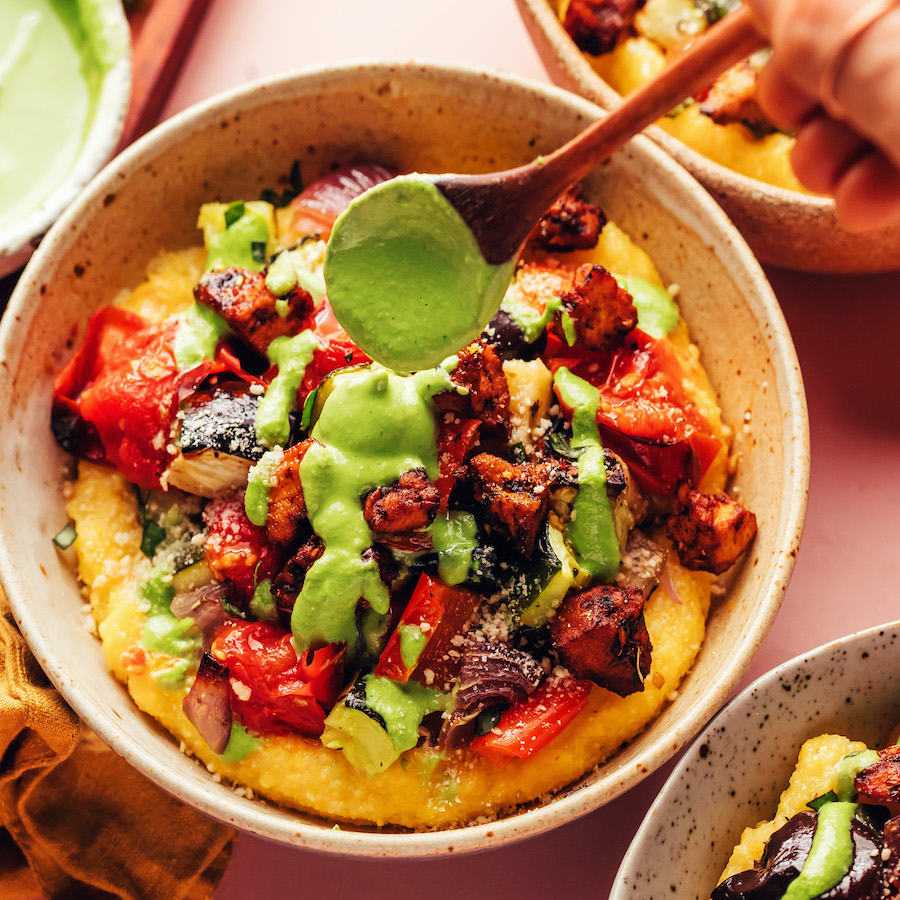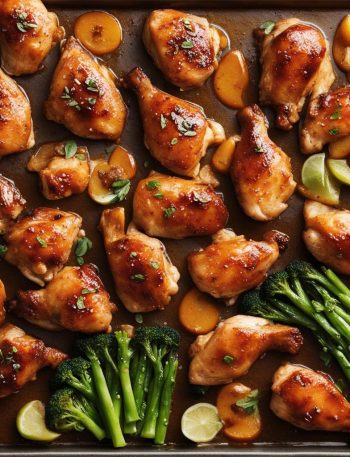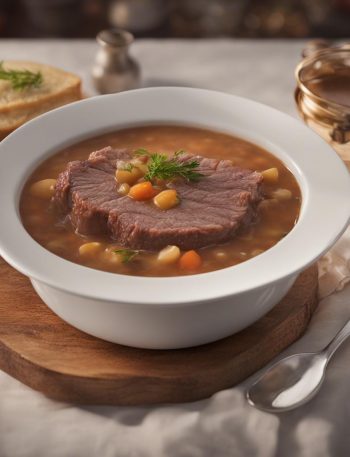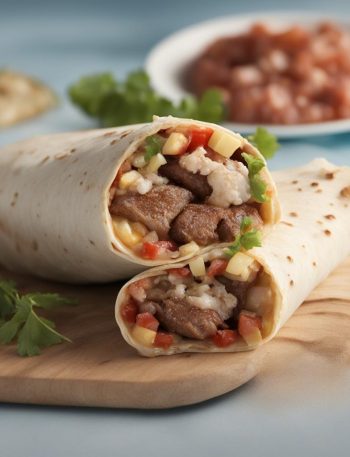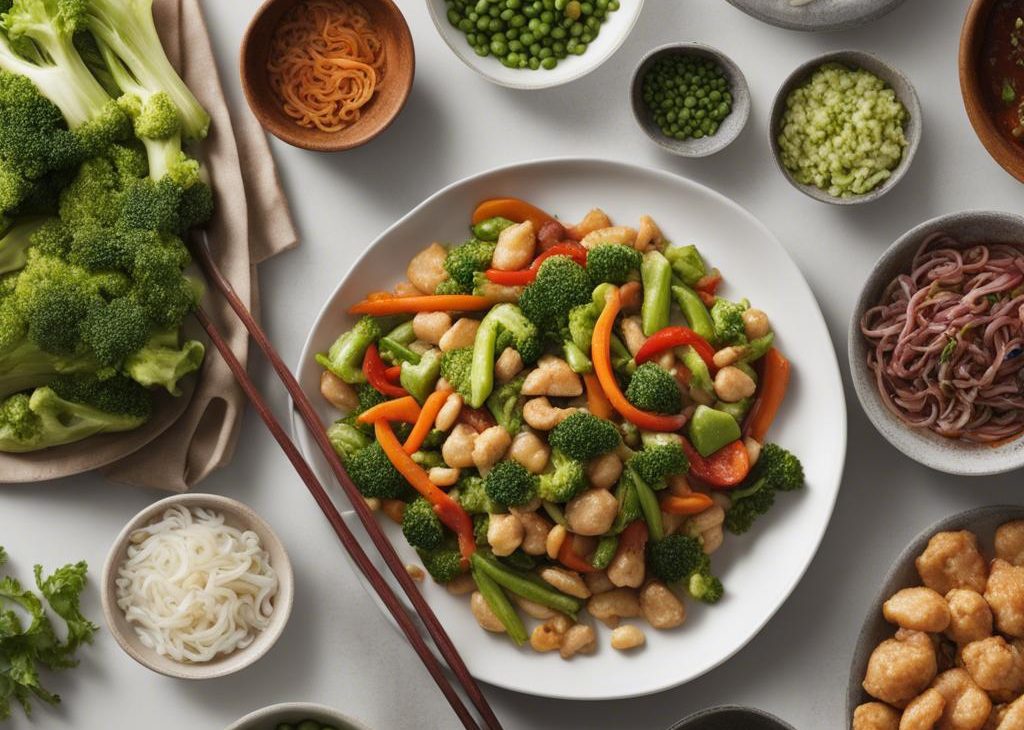
Introducing the quick, easy, and incredibly flavorful dish that’s about to become your new favorite go-to meal: our stir-fry with Costco Frozen Vegetables. This recipe is a perfect blend of convenience and nutrition, offering a colorful medley of vegetables that are not only delicious but also packed with essential vitamins and minerals. Whether you’re a busy professional looking for a speedy weeknight dinner solution, a health-conscious eater aiming to increase your vegetable intake, or simply someone who appreciates good food, this stir-fry is for you.
With its versatile ingredients and simple steps, you’ll have a satisfying, restaurant-quality meal on your table in no time. Get ready to fall in love with this stir-fry recipe, where convenience meets taste most delightfully!
What are Costco frozen vegetables?
Costco frozen vegetables are a type of food product that is sold at Costco, a popular membership-based warehouse retailer. They are pre-packaged vegetables that have been harvested and then frozen to preserve their freshness. These vegetables come in a variety of different types, including mixed vegetable medleys, single-vegetable packs such as peas or carrots, and even specialty options like riced cauliflower or spiralized zucchini noodles.
Why You’ll Love this Costco Frozen Vegetable?
There are several reasons why you’ll love using Costco Frozen Stir-Fry Vegetables in your meals. Firstly, the convenience factor is unbeatable. These vegetables are pre-washed, pre-cut, and ready to cook straight out of the bag, saving you significant time in meal preparation.
Secondly, they’re nutritionally dense. The freezing process locks in peak ripeness, ensuring that the vegetables retain their nutritional value. This makes them a robust choice for those seeking to maintain a healthy diet without compromising on the quality of their ingredients.
Thirdly, the variety in the bag adds an exciting mix of flavors and textures to your dishes. With multiple types of vegetables included, you’ll get a diverse array of nutrients and colors in your meals, making them not only delicious but also visually appealing.
Additionally, these frozen vegetables offer great versatility. While they’re perfect for stir-fries, they can also be used in soups, stews, and curries, or blended into smoothies, giving you countless options for incorporating more vegetables into your diet.
Another advantage is their long shelf life. Unlike fresh vegetables, which can spoil quickly, frozen vegetables can be stored for extended periods. This reduces food waste and ensures that you always have a supply of vegetables ready at hand.
Lastly, buying Costco Frozen Stir-Fry Vegetables can be more cost-effective than purchasing different types of fresh vegetables, especially if some of them are out of season. So, not only are they practical and nutritious, but they’re also kind to your wallet.
The Ingredients
- Protein of your choice (optional): Protein is a crucial component for any balanced meal. It helps you feel full and satisfied, aids in muscle repair and recovery, and contributes to overall health. In this stir-fry recipe, you can choose the protein that best suits your dietary preferences or needs, such as tofu for vegetarians, chicken for lean protein, or shrimp for seafood lovers.
- Soy sauce: This is a staple ingredient in many Asian dishes, including stir-fries. It provides the salty, umami flavor that’s characteristic of these types of meals. Soy sauce adds depth and complexity to the dish, balancing the flavors of the other ingredients.
- Cooked rice or noodles: These are the base of the stir-fry and serve to soak up the delicious sauce. They add bulk to the meal, making it more filling. Rice is a traditional accompaniment in Asian cuisine, while noodles offer a delightful change of pace. Both are excellent sources of carbohydrates, providing energy for your body.
- Vegetable oil: This is used to saute the vegetables and protein, allowing them to cook evenly without sticking to the pan. The type of oil can also contribute to the overall flavor of the dish. For instance, sesame oil is often used in Asian cooking for its distinctive taste.
- Costco Frozen Stir-Fry Vegetables: These are the stars of the show. Using a frozen mix makes this dish quick and easy to prepare, without sacrificing nutritional value. Frozen vegetables are typically flash-frozen at their peak freshness, preserving their vitamins and minerals. This particular mix likely includes a variety of colorful and healthful veggies, each contributing unique flavors and textures to the stir-fry.
Step by Step Instructions
Step 1: Cook Rice or Noodles
Begin your culinary adventure by following the package instructions to cook the rice or noodles to perfection. Once done, set them aside, ready to embrace the flavorful stir-fry.
Step 2: Cook the Protein (Optional)
If you’re including a protein in your meal, take a separate pan and cook it until it reaches a delightful golden brown hue and is fully cooked. Once achieved, gracefully remove the protein from the pan and set it aside, ready to reunite with the stir-fry later.
Step 3: Heat Vegetable Oil
Now, return to the same pan that once hosted your protein. Heat vegetable oil over medium-high heat. This marks the beginning of the stir-fry’s sizzling journey.
Step 4: Add Frozen Stir-Fry Vegetables
With the oil dancing with anticipation, add the frozen stir-fry vegetables into the pan’s warm embrace. Let them cook until they achieve that delightful tenderness, taking care to stir occasionally for even cooking.
Step 5: Reunite with Protein (If Using)
Once your vegetables have reached the desired tenderness, it’s time to reunite them with the cooked protein (if you choose to include one). Stir both components together, letting them harmonize in flavor and texture.
Step 6: Pour Soy Sauce and Coat
To elevate the stir-fry’s taste profile, pour a generous stream of soy sauce over the vegetable-protein ensemble. Ensure that every component is evenly coated, letting the soy sauce weave its savory magic.
Step 7: Let the Flavors Meld
For the final flourish, let the stir-fry simmer for an additional 2-3 minutes. This brief encore allows the flavors to meld together, creating a symphony of tastes that will tantalize your taste buds.
Step 8: Serve and Savor
Your culinary masterpiece is now ready to be enjoyed. Serve this delightful and nutritious Costco Frozen Vegetable stir-fry over a bed of rice or noodles. With each forkful, savor the harmonious blend of flavors and textures that make this dish a memorable dining experience.
Notes
- You can add other ingredients to your stir-fry, such as garlic, ginger, or chili flakes, for added flavor and spice.
- To make this dish even more nutritious, you can substitute the rice or noodles with cauliflower rice or zucchini noodles.
- Double the recipe if you’re cooking for a larger group or want leftovers for later meals.
- For a complete meal, serve with additional protein such as edamame or a fried egg on top.
- Use any leftover vegetables you have in the fridge to make your frozen stir-fry mix by cutting them into bite-sized pieces and freezing them in a sealable bag. This way, you can customize your stir-fry based on what’s available and reduce food waste.
- Experiment with different types of sauces, such as teriyaki or hoisin, for a different flavor profile. Just make sure to adjust the amount of soy sauce used accordingly.
- Make this dish your own by adding your favorite vegetables, spices, and protein sources.
Nutrition Information
How to store Costco frozen vegetables?
To store Costco frozen vegetables, keep them in the freezer at 0°F or below. This will maintain their quality and prevent any potential foodborne illnesses. Make sure to seal the bag tightly after each use to avoid freezer burn.
If you’re planning on using the frozen vegetables within a few days, they can be stored in the fridge for short-term storage. Just make sure to transfer them from the freezer to the fridge in a sealed bag or container to prevent cross-contamination.
Variations
- For a gluten-free option, use tamari instead of soy sauce.
- Make this dish vegan by omitting the protein or using a plant-based alternative such as tofu or tempeh.
- To add some heat, top with sriracha or your favorite hot sauce before serving.
- Add different types of nuts for added crunch and flavor.
- Try using different types of grains such as quinoa or farro instead of rice or noodles.
- For a low-carb option, serve over a bed of zucchini noodles or spaghetti squash.
Wrapping Up
Whether you’re a busy college student or a seasoned home cook, this Costco Frozen Stir-Fry Vegetable dish is perfect for any occasion. It’s quick, easy, and packed with nutrition and flavor. Plus, with endless customization options, you can make it your own every time.
So next time you’re looking for a delicious and convenient meal, head to Costco and grab a bag of their frozen vegetables to make this stir-fry in no time.

How To Cook Costco Frozen Vegetables
Description
Introducing the quick, easy, and incredibly flavorful dish that’s about to become your new favorite go-to meal: our stir-fry with Costco Frozen Vegetables.
Ingredients You’ll Need
Instructions
- Cook rice or noodles per package instructions; set aside.
- Optionally, cook protein until golden brown; set aside.
- Heat vegetable oil in the same pan.
- Add frozen stir-fry veggies; cook until tender, stirring occasionally.
- Reintroduce protein (if used) and stir.
- Pour soy sauce over the mixture; stir to coat.
- Cook for an additional 2-3 minutes to meld flavors.
- Serve over rice or noodles for a delicious Costco Frozen Vegetable meal.
Frequently Asked Questions
Absolutely! This recipe is quite versatile. You can add your protein of choice, such as chicken, beef, shrimp, or tofu. Just make sure to cook the protein thoroughly before adding the Costco Frozen Stir-Fry Vegetables.
While Costco offers a variety of frozen vegetable options, not all are organic. It's best to check the packaging for the specific product you're purchasing. If organic produce is important to you, Costco does carry a range of organic options, both fresh and frozen.
Of course! One of the great things about stir-fry is its flexibility. If you're following a low-carb diet, for example, you could serve the stir-fry over cauliflower rice instead of traditional rice. For a gluten-free version, just ensure that you're using a gluten-free sauce.

